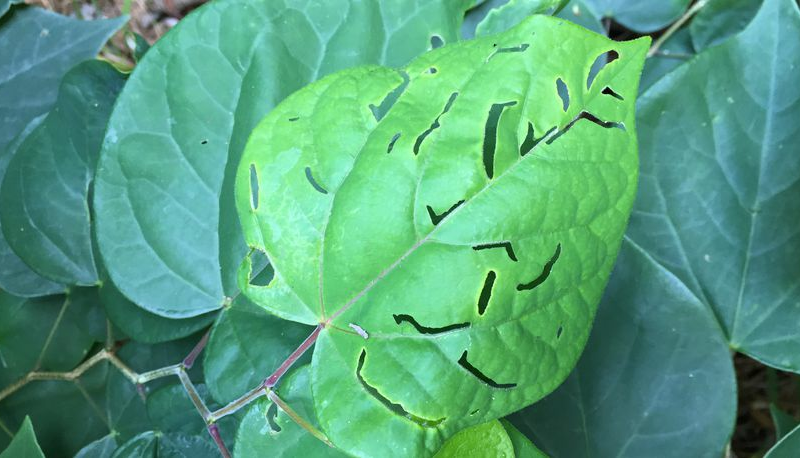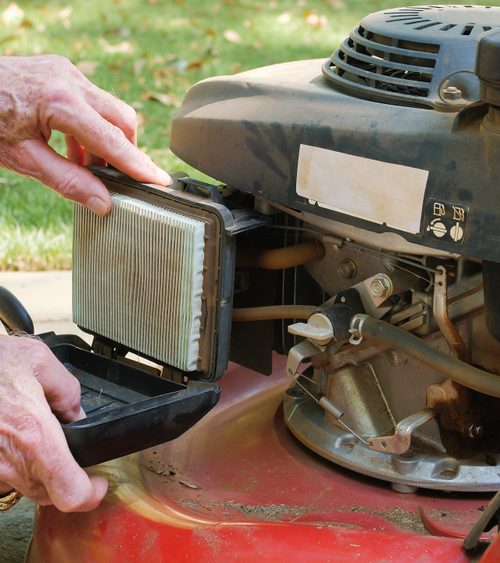By Walter Reeves, For the AJC
Troy Warren for CNT #HomeGarden
Q: For the past two years, cranberry rootworms have attacked my azaleas. There are lots of holes in the leaves. I have seen positive results from using granular systemic insecticide. Should I apply again in early spring and reapply every eight weeks or is this even going to be a chronic issue? Tom Pinotti, Decatur
A: Cranberry rootworms damage plants in two ways. The larvae live underground and chew on the roots. The adult snout weevils feed on leaves at night, leaving characteristic C-shaped holes. They retreat underground at dawn, so they are rarely seen. Rhododendron, St. John’s wort, redbud and several other plants are also attacked. You should see the disfigured leaves gradually disappear with only a yearly application of imidacloprid systemic insecticide.
Q: Early last week, I was in a rush to beat the rain. I aerated, fertilized, and overseeded fescue on my 1,500-square-foot lawn. Afterwards, I realized I had used way too much 24-25-4 fertilizer. I spread 12 pounds instead of the recommended 6. The rains came heavy and I watered again four days later, hoping to dilute the fertilizer. Have I screwed up? Thom Smith, email
A: It’s hard to predict. Much will depend on your soil type: clay vs. sandy vs. highly organic. My bet is that everything will turn out fine but we’re just going to have to wait and see. Give me a report in 10 days to satisfy my curiosity.
Q: When we lived in California, I planted some pomegranate seeds, and after three years, I had more fruit than I could handle. When we moved here a few years ago, I planted more seeds to see if they would grow. I now have three trees with thin branches and no fruit. Is there anything I can do to speed up the fruit-bearing process? Dennis Bourn, Lawrenceville
A: The problem with your weak pomegranate plants may lie with the seed. It depends on how the parent plant of your seed-bearing fruit was pollinated. Pomegranates do not always “come true” from seed. The best way to grow good ones is by planting named varieties, which are typically propagated by grafting twigs from a known variety onto a vigorous rootstock. University of Georgia horticulturists recommend ‘Nikitski ranni’ and ‘Cranberry’. ‘Nikitski ranni’ produces a bright red fruit; ‘Cranberry’ produces a slightly darker red fruit. The commonly sold ‘Wonderful’ variety doesn’t seem to grow well in Georgia.
In Other NEWS



































